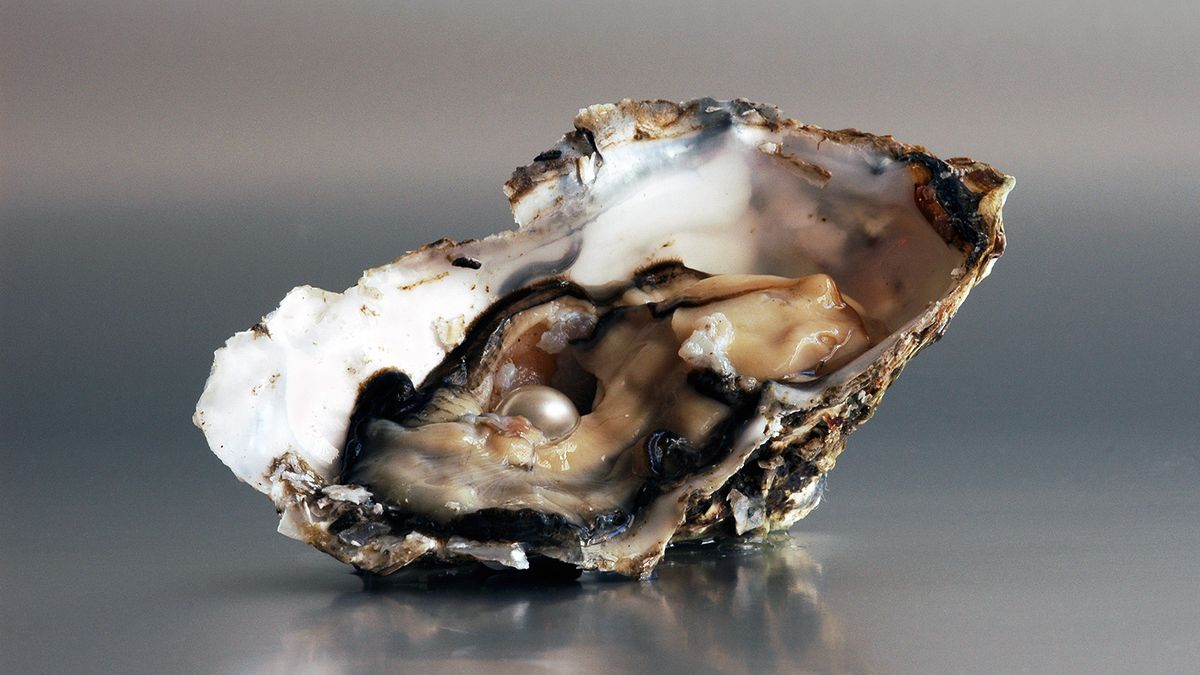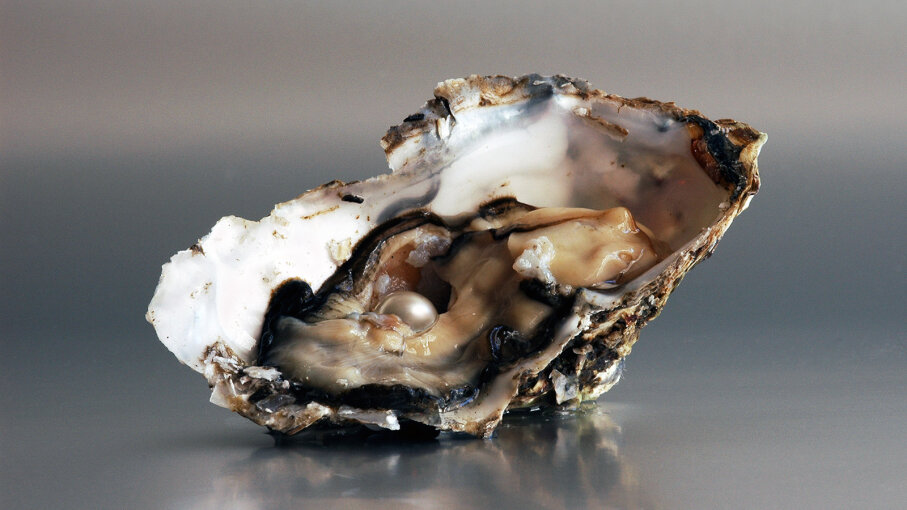When it comes to pearls, many people are fascinated by their beauty and rarity. However, not everyone knows how they are made. In this article, we will discuss the process of how pearls are made in oysters.
The Formation of Pearls

The formation of pearls occurs when a foreign object, such as a piece of sand or a parasite, enters an oyster's shell. The oyster's natural response is to cover the object with layers of nacre, which is a combination of calcium carbonate and a protein called conchiolin. Over time, the layers of nacre build up and form a pearl.
The Different Types of Pearls

There are several types of pearls that can be produced by oysters, including Akoya pearls, South Sea pearls, and Tahitian pearls. Akoya pearls are typically small and round, while South Sea pearls can be much larger and have a more irregular shape. Tahitian pearls are known for their unique colors, which range from black to green to gray.
The Cultivation of Pearls

Most pearls that are available on the market today are cultivated, which means they are created with the help of humans. To cultivate pearls, oysters are placed in a controlled environment and a small bead or piece of tissue is inserted into the oyster's shell to act as the foreign object. The oyster is then returned to the water to continue the process of pearl formation.
The Harvesting of Pearls
Once the pearls have formed and have had enough time to develop, they are harvested from the oysters. This is done by carefully opening the shells and removing the pearls. After the pearls are removed, the oysters are typically returned to the water to continue producing pearls in the future.
The Quality of Pearls

The quality of pearls can vary greatly depending on a number of factors, such as their size, shape, luster, and color. High-quality pearls are typically those that are round and have a bright, even luster. Pearls that are misshapen or have noticeable blemishes are considered lower in quality.
Caring for Pearls

Proper care is important when it comes to preserving the beauty and longevity of pearls. Pearls should be stored in a soft cloth or pouch to prevent scratches, and should not come into contact with harsh chemicals or perfumes. It is also important to clean pearls regularly with a soft cloth and mild soap to remove any dirt or oils that may have accumulated on their surface.
The Value of Pearls

Pearls have been prized for their beauty and rarity for centuries, and can command high prices depending on their quality and rarity. The most expensive pearls are typically those that are natural, rather than cultivated, and have a high degree of luster and a round shape. However, even lower-quality pearls can be valuable depending on their size and color.
Conclusion
Pearls are truly a wonder of nature, and their creation process is fascinating to learn about. Whether you are a fan of their beauty or interested in their value, understanding how pearls are made in oysters can deepen your appreciation for these precious gems.